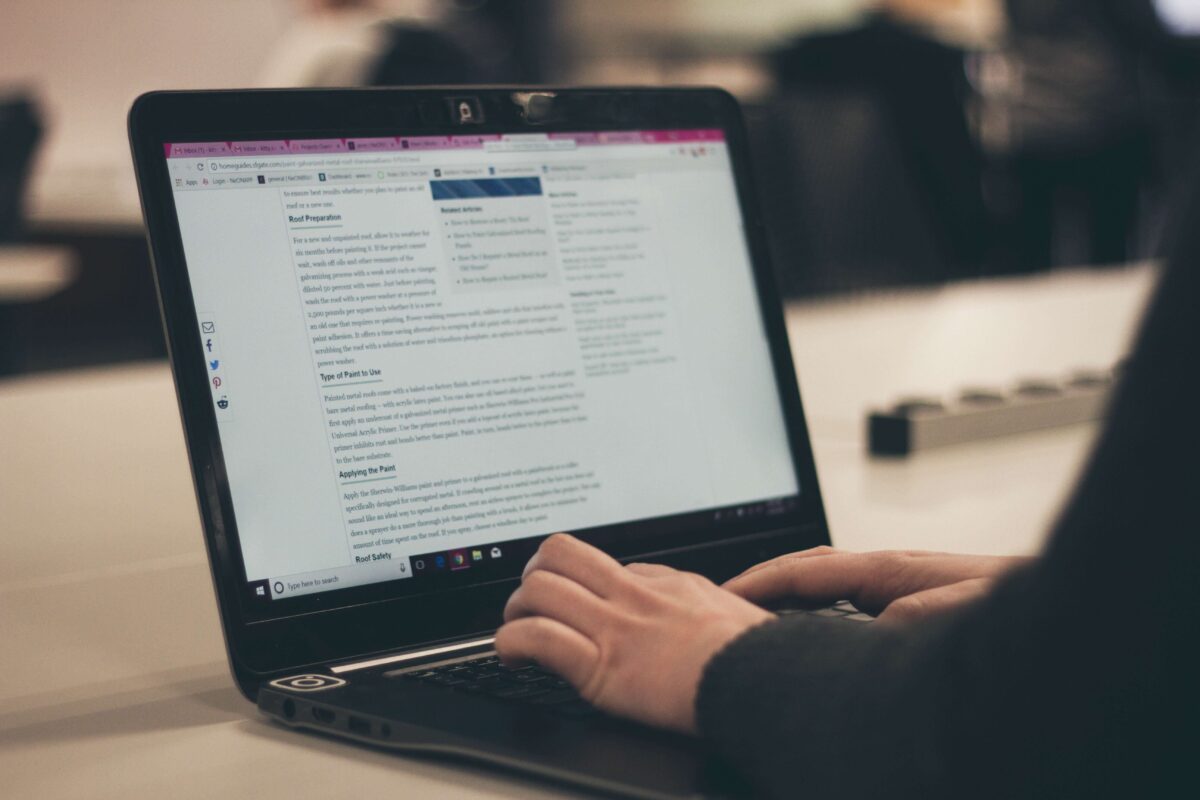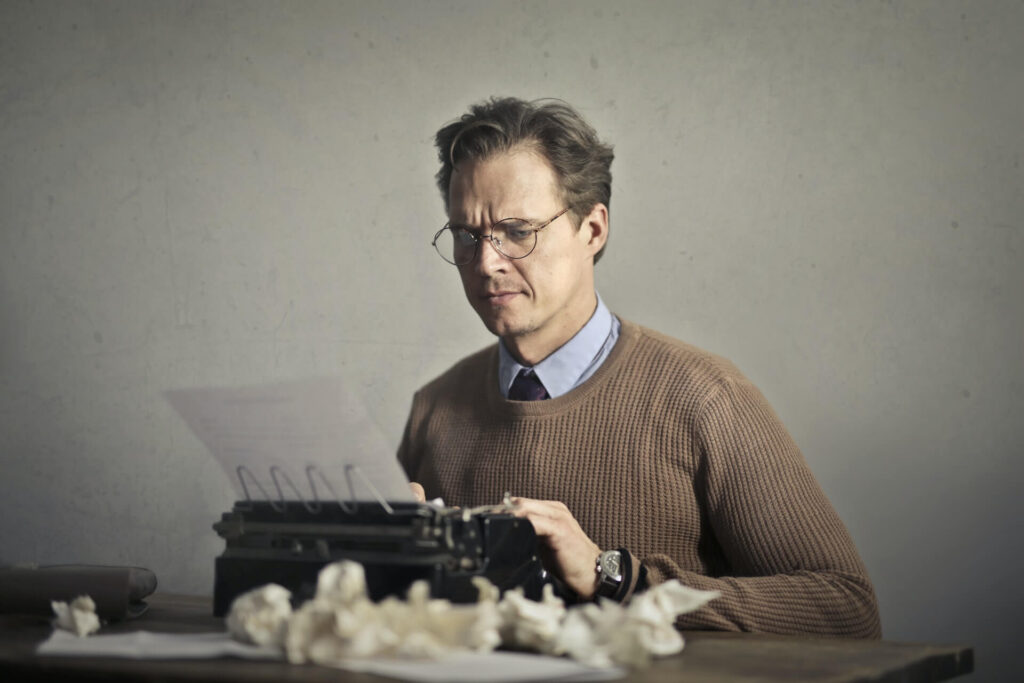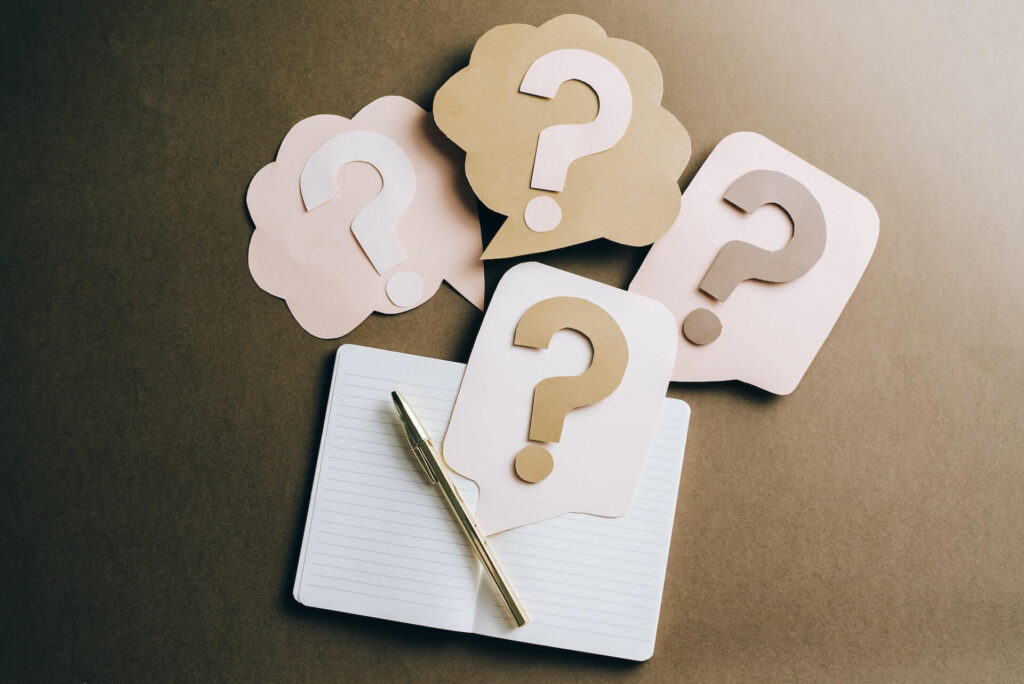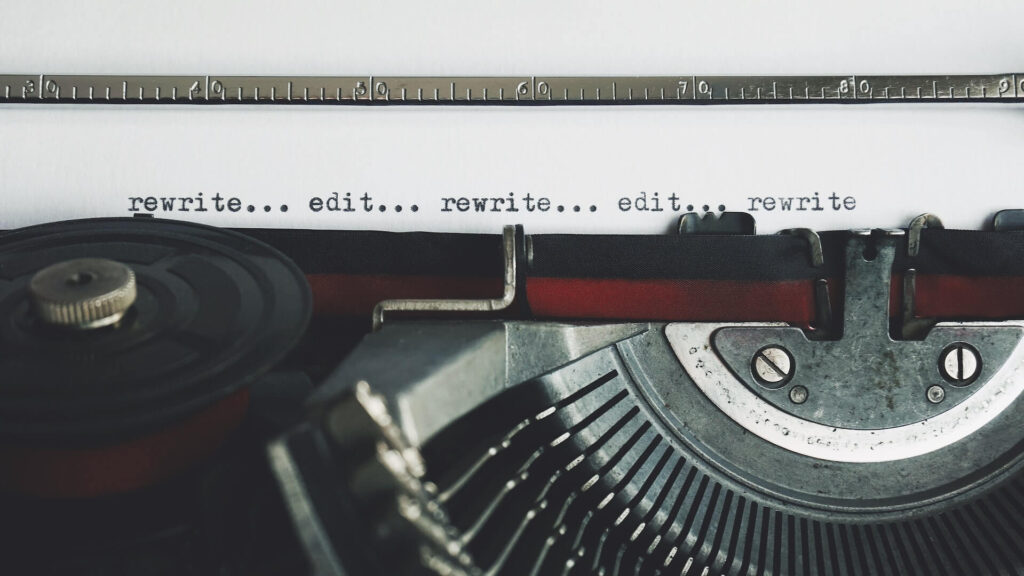Editing an Article – What Is the Main Action a Writer Takes When Proofreading?

Are you wondering what is the main action a writer takes when proofreading? If you are new to freelancing, you’ll soon find out it is a one-person team. It’s not like corporate jobs where you are a writer and you have a dedicated proofreader or editor who’ll help fix your work for you. No, as a freelance writer, you have to do everything on your own—and that includes proofreading.
No matter what type of writer you are and what industry you are in, (journalism, advertising, copywriting, scriptwriting, tech writing, social media, poetry, etc.) editing is a vital step. Maybe you are confused between editing and proofreading. The two are not the same, because proofreading falls under editing. Editing has a bigger and broader scope whereas proofreading has a more specific action.
So, What Is the Main Action a Writer Takes When Proofreading?

The short and simple answer is correcting mistakes. Maybe you are thinking, but isn’t that the same as editing? To make things clearer, a writer who is proofreading can only edit up to a certain extent, which will be explained further below.
Proofreading Corrections
To give you a better idea on what is the main action a writer takes when proofreading, below are the things you need to correct. Again, proofreading allows you to correct surface errors only. Anything beyond that is no longer on you. This is especially helpful if you take on a freelance job that requires you to proofread only, this way you don’t exert effort on something you’re not supposed to be doing.
1. Spelling Mistakes
It happens, spelling mistakes are very common, especially when you use a keyboard. Keys can get stuck, your fingers don’t really know which letters are being struck, and so on. Don’t be too hard on yourself, even if you know how to spell words correctly, it’s just tough to type—it’s called human error. But don’t worry, that’s what proofreading is for.
You can always, always spot spelling mistakes after it is written. And, let’s face it, not every word in the dictionary is known to everyone. However, you should be very cautious of commonly misspelled words. Because even if you are using Grammarly, it might not be able to correct every wrong spelling you make, especially if the word you mistakenly used is a real word. For example, you may want to say affect, but you wrote effect instead.
As a proofreader, you have to be able to spot these immediately. And sometimes, you can’t rely on auto-correct alone. What if you work on a project that requires you to write with pen and paper on the spot? You’re going to have to reread your work and rely on yourself to spot those spelling mistakes on your own.
2. Grammar Errors
Grammar errors are also very common among writers, and it’s not because you don’t know the rules of grammar. Sometimes, it just happens, especially if you are writing or typing away thoughts that go speeding through your mind.
Some of the most common grammar errors you need to watch out for are verb tenses. This can be quite confusing too, aside from the usual past, present, and future tenses, you have future continuous, present perfect continuous, etc.
You also need to be careful with subject-verb agreement, this can be very tricky, especially with a word that ends in the letter “s” but is technically not a plural word. So for example, the word news is singular, you can’t say, “The news are terrible.” It is your job as a proofreader to change it to “The news is terrible.”
3. Punctuation Problems

You would think that all you have to use is a period, a couple, of question marks, and an exclamation point here and there to survive writing. But you’ll be surprised that there are dozens more that you will encounter when you proofread. And, since other punctuation marks, like colons, semi-colons, hyphens, dashes, apostrophes, and ellipsis aren’t as common, they can be trickier to use.
It’s important for proofreaders to familiarize themselves with all of the punctuation marks and their usage. For example, when you are separating a thought in a sentence, what is the best punctuation mark to use? Is it an em dash, a comma, or a parenthesis?
4. Sentence Structure Flaws
Since writers tend to just type out words as their thoughts go along, sentence structure flaws pop up every now and then. Proofreaders must be able to catch these as these errors need to be corrected. A common sentence structure flaw is a fragment, which is an incomplete sentence. There is also dangling or misplaced modifier and run-on sentences, which a proofreader can even encounter in copywriting. For example, “Get teeth whitening Dr. John Doe is a certified cosmetic orthodontist.”
Proofreading Tips for Writers

With so many errors encountered, it’s no wonder a lot of writers experience imposter syndrome. However, know that this is the reason why proofreading exists. A writer, just like every other human, is not perfect. That’s why writing is a process and you don’t submit what you have written right away. Below are some tips to help you out with proofreading, especially when it is your own work:
Take a breather
Putting some distance between yourself and the article you have to proofread can do you a lot of good. If you keep reading the same thing over and over or if you start proofreading the minute you finish, you won’t be able to spot mistakes.
The best thing to do is to take a break, maybe about an hour. You can relax first or even switch to a different project so when you read the article again, it will seem like it’s new. Which is the easiest way to spot mistakes, when you read something for the very first time.
Get some help
If you can get a second pair of eyes that will be really helpful. Freelancing may require you to be a one-person team but that doesn’t mean you have to be a lone wolf. There are other freelance writers out there who may need proofreading themselves. You can ask your community or a trusted freelance friend to proofread for you and you can return the favor when they need it.
Thanks to modern technology, you can also get help from an AI writing assistant. Most word processing software and apps come with a tool that can spot your mistakes for you. Do take advantage of this feature but don’t rely on it 100%, you still have to proofread on your own, think of it as a safety net.
Print it or switch to screen
No matter how many times you read and reread your work on your screen, you’ll never be able to spot your mistakes. The technique here is to change your platform where you proofread. So, if it is on a screen, it’s time to print it out. Words will look different once it is on paper, so go ahead and grab your red pen to spot the mistakes.
Now, if you have written something on paper, it’s best to type it out on your computer. You’ll have an easier time seeing errors when you don’t see the words written in your handwriting. Maybe, you’ll even catch the mistakes as you type.
Conclusion

By now, you should have an excellent grasp on what is the main action a writer takes when proofreading. Being a freelance writer can be challenging as your task is not just to write. You also need to learn how to self-edit and proofread your own work. No one else will do it for you, or if someone else will do it, it comes with a price. So, it really is essential to learn what is the main action a writer takes when proofreading to make it as a freelancer.
Get Organized & Win More Clients
Kosmo has everything you need to run your freelancing business.